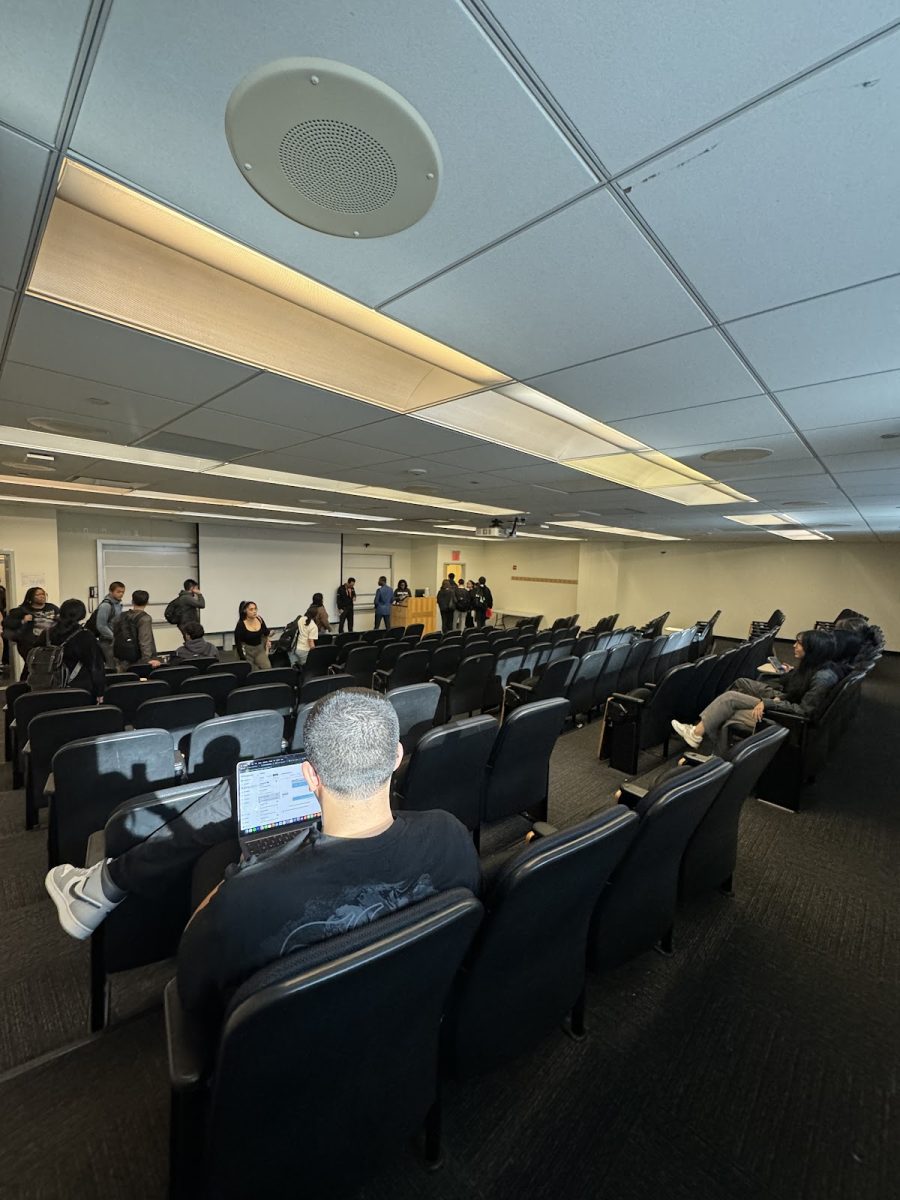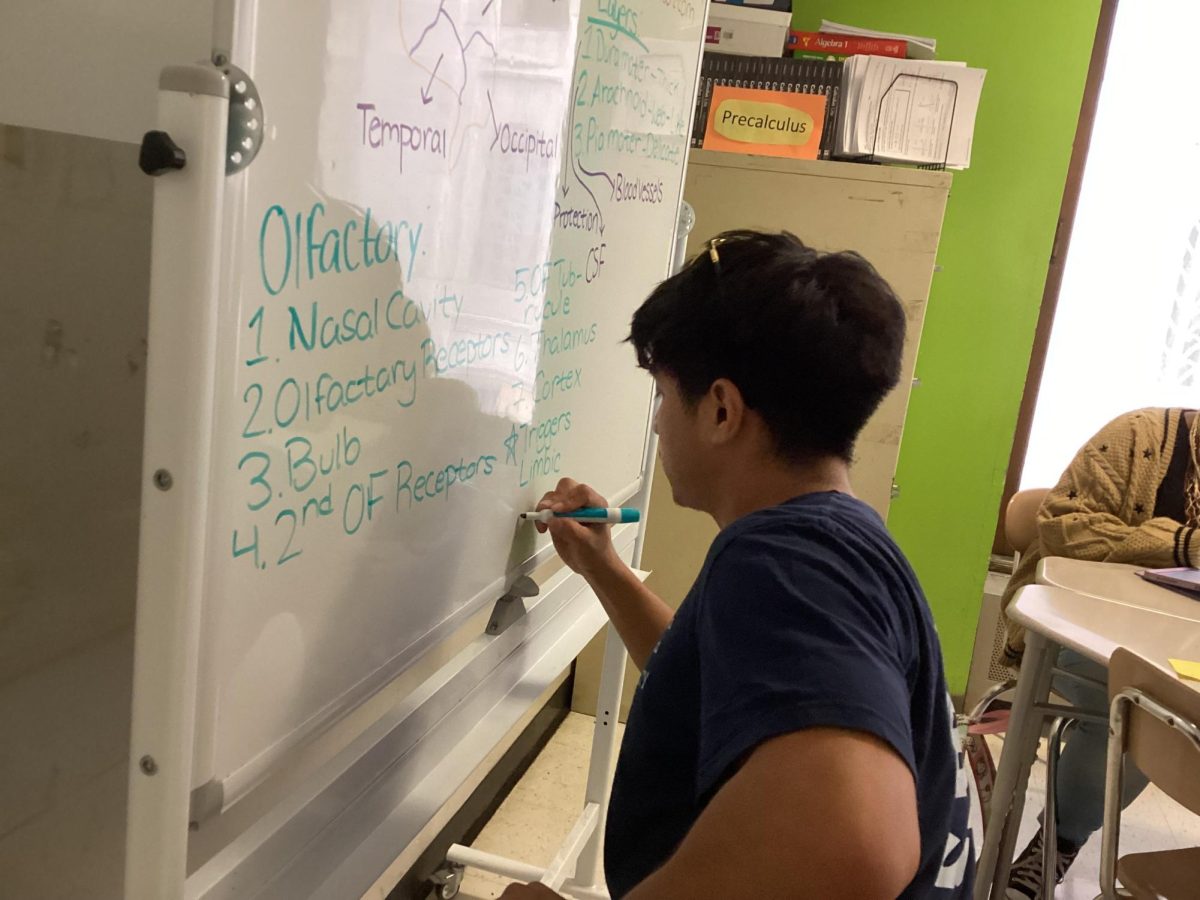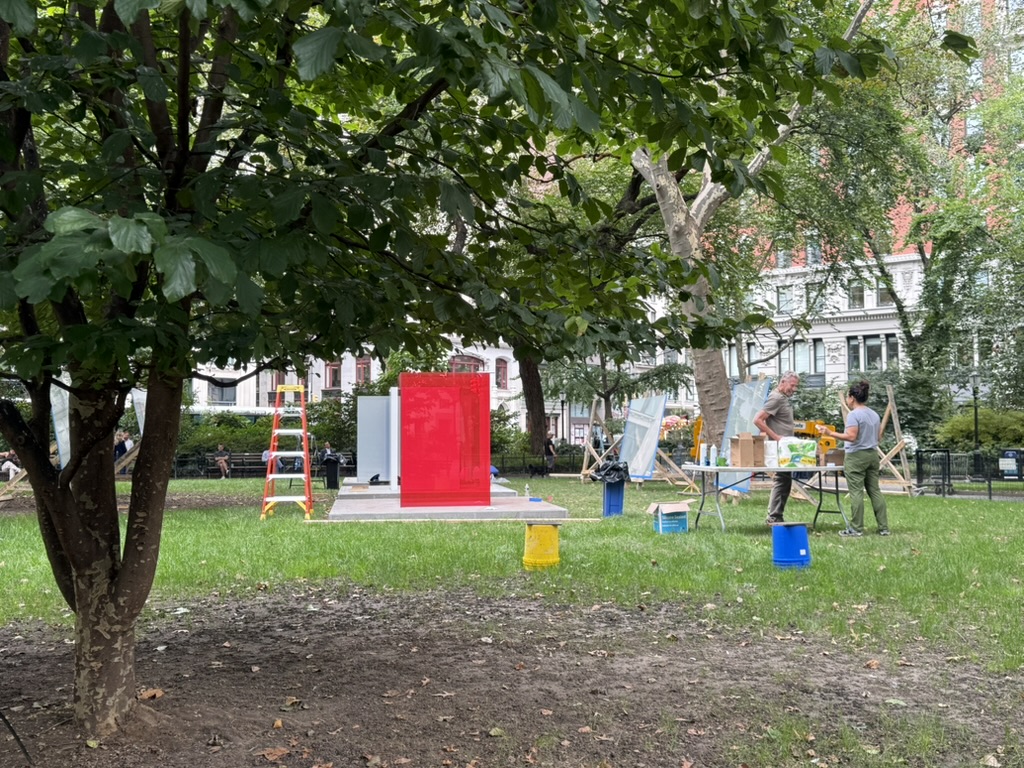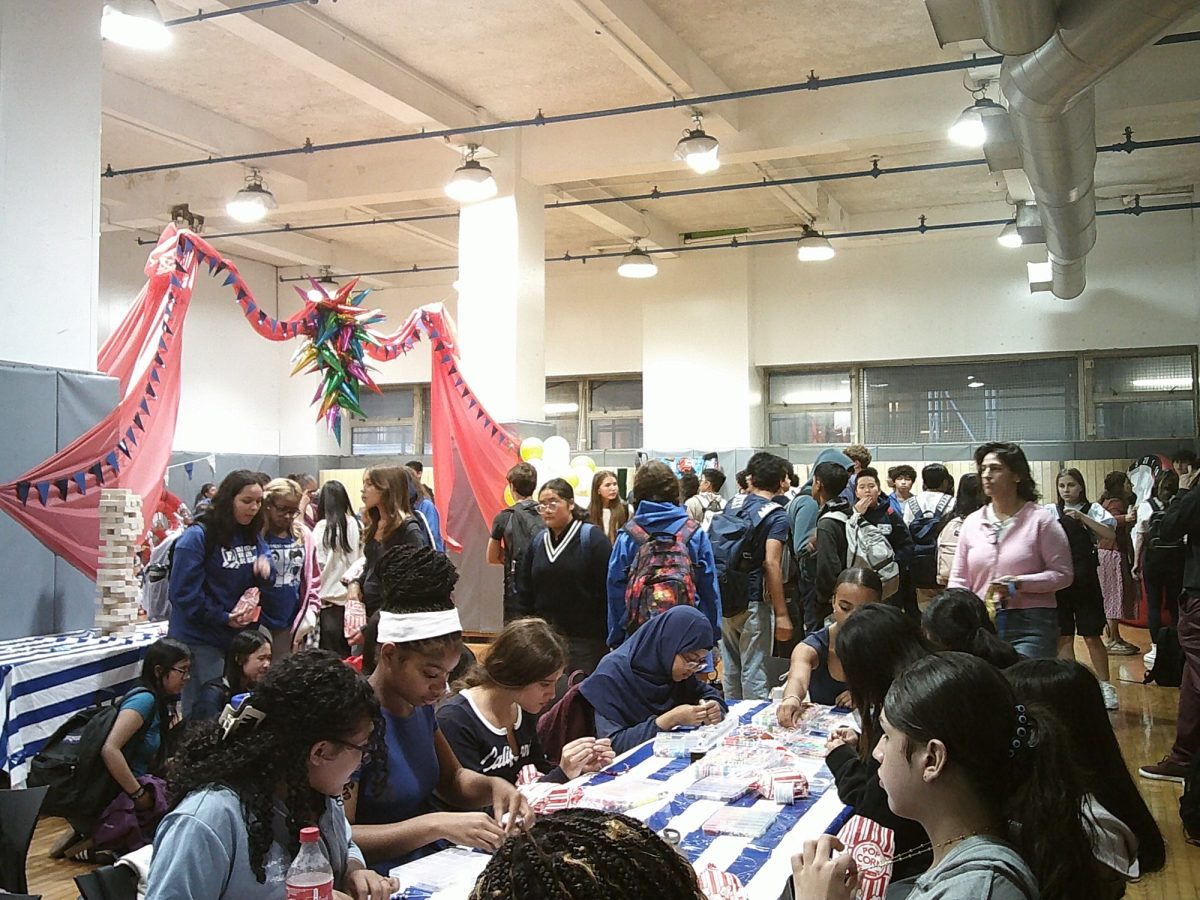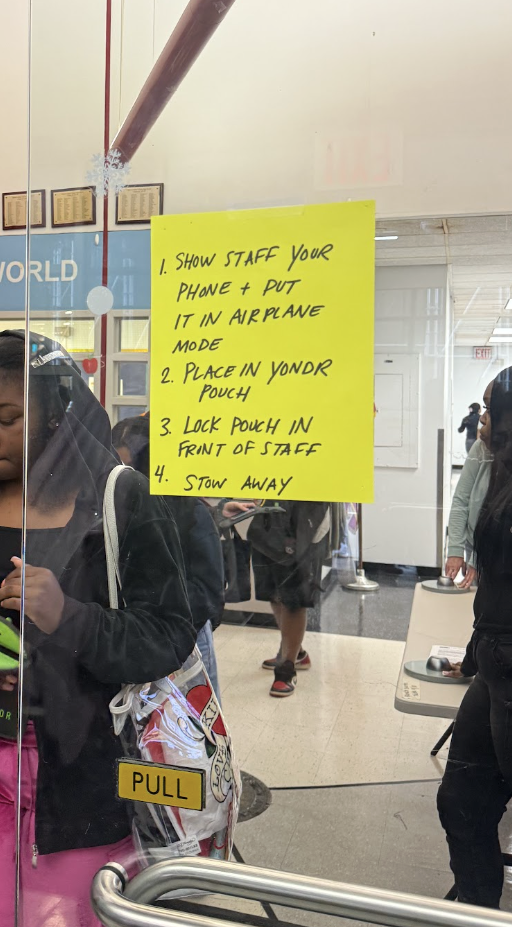To all seniors in Baruch and current juniors, consider preparing for one aspect of the college experience: the classrooms. These foreign lecture halls may look drastically different or close to home with the Baruch HS classrooms.
To some, it may go unnoticed that the classroom arrangement is a key cognitive component to one’s education. Classroom arrangement can be defined as—provided by the Iris Center—“the placement and organization of the room’s physical elements (e.g., seating, materials) to help establish a learning environment that facilitates effective instruction and student growth.” Studies show that the various types of classroom arrangement improves academic performance and reduces disruptions. So yes, the placement of your desks and chairs were meticulously planned and selected in order for everyone to learn the best way.
Now this begs the question: what are the various classroom arrangements and which one is the most effective?
There are six in total: traditional, roundtable, horseshoe, double horseshoe, group pods, and pair pods—these are mainly utilized in High School settings. Meanwhile, colleges and universities use a lecture theater seating arrangement.
The most popularly used arrangement is the traditional straight rows mainly because of the easier visibility of the teacher at the front of the room and allows for students. However, this seating arrangement limits student interaction and collaboration. The 2nd most popular seating arrangement is Horseshoe or Semicircle because the students can easily see the teacher, however, the collaboration element decreases as students are more spread out.
To attest for effectiveness, many researchers focused on the quantity and quality of output from the students. Hence, after many trials, researchers have concluded that each seating arrangement belonged to a certain activity. From a study conducted by Marx, Further, and Hartig (2000), consisting of a class of ten-year-olds, there were significantly more students who asked questions when they were seated in a semicircle rather than in rows. This boost in participation ensures the students’ comprehension of the discussion and active listening.
However, rows are better suited when assigned work individually. In Bennett and Blundell’s study (1983), a class of ten and eleven-year olds was seated both in rows and in groups. After observing them for two weeks, the researchers concluded that the students that were seated in rows had a greater work quantity than the students who were seated in clusters.
Now, there are many factors that may lead researchers to these conclusions and there is truly no correct seating arrangement to ensure 100% compatibility with every student. Moreover, college classrooms are each designed very similarly—the classic lecture halls with theater seating—with, of course, exceptions for classrooms with small class sizes—preferable for humanities classes. Although this is the status quo for most colleges, there are colleges who mimic the high school settings to support incoming freshmen. For example, Hampton University in Virginia partnered with MiEN in order to create interactive learning environments within the school building and classrooms.
Baruchians have many opportunities to experience college life during high school: whether they’re enrolled in CollegeNow, college calculus, or visiting colleges during tour visits!
Baruchians have the opportunity to take college calculus directly from a Baruch College professor twice a week. When asked about the college lecture halls, Senior Jake Hernandez said, “Room full of desks and a whiteboard in the front. It’s just white walls, white floors and tables.”
Additionally, Senior William Zheng said, “The whiteboard makes me sad, it makes me feel like I’m an adult and the classroom is completely bleak and bland.”
The negative sentiment isn’t always present when it comes to lecture halls, however. Junior Christina Katzen claims to see Columbia’s campus in an entirely new light. “Every building was uniquely their own; the mathematics building stood out as the classrooms were much older but still held their own charm,” she said.
It is true that some classroom arrangements are better suited to certain assessments or assignments, but what about the students’ preferences?
When asked, Katzen came to the conclusion that, “each Baruch classroom is nice, in its own right. I prefer the more cozy rooms as they are usually more conducive to effective learning,” she said.
Overall, classroom arrangements are an essential aspect of the students’ education and often go unnoticed. Are you compatible with your classroom arrangement?


